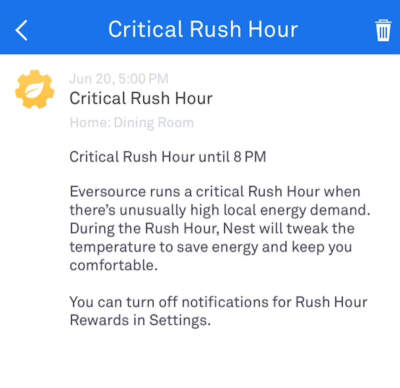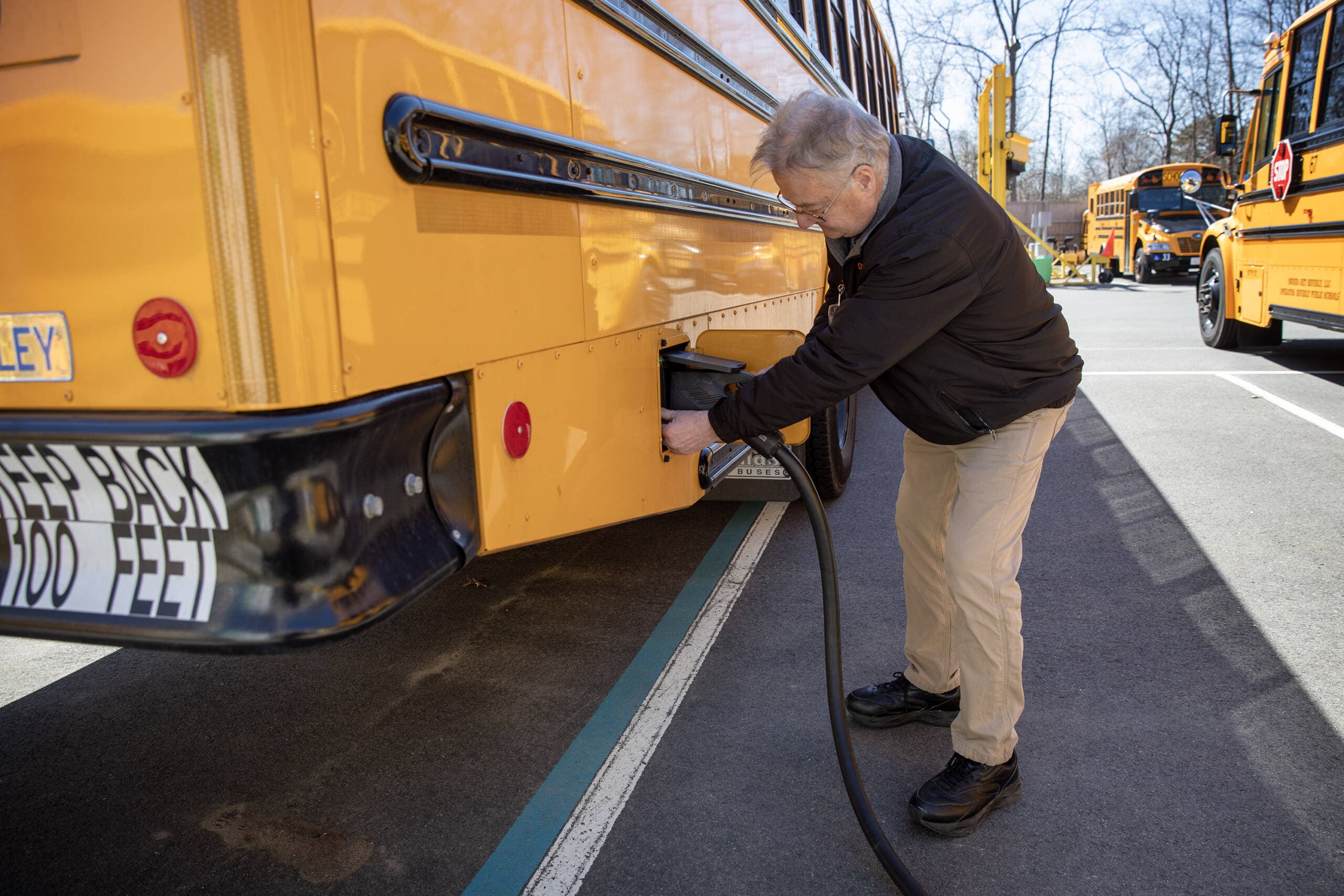As residents across New England turned on their air conditioners on the hottest afternoons this summer, something remarkable happened. Thousands of internet-connected thermostats, home solar panels and battery systems were pressed into service to ease the strain on the power grid.
Welcome to the age of virtual power plants (VPPs).
Virtual power plants are essentially a network of devices in homes and businesses that utilities can use to provide more electricity, reduce energy demand, or both. Here’s how they work: Customers sign up to participate. Then, when electricity use spikes, utilities can tell those customers’ Wi-Fi-connected thermostats to raise the temperature a few degrees to reduce electricity demand. Or utilities can remotely tell a home’s backup battery to power lights and appliances so they don’t draw power from the grid. In some cases, utilities can even slow down operations at industrial facilities.
The idea behind it is that virtual power plants can help balance supply and demand in the grid by mobilizing a large number of individual devices across a large area.
If this all sounds like science fiction, energy experts say virtual power plants already offer real benefits. They can reduce the likelihood of blackouts when the grid is overloaded. They can help reduce greenhouse gas emissions by avoiding the use of older, more polluting power plants. And in the future, they could even save electricity customers billions of dollars by reducing the need to build new power lines and other infrastructure to meet growing energy demand.
“I’m very excited about virtual power plants,” said Joe LaRusso, who leads the Clean Grid Initiative at the Acadia Center, a nonprofit clean energy research and advocacy group. “Every home could behave as a grid component, and it has tremendous potential.”
The concept of virtual power plants is not new, but their advantages are increasingly visible. Consider what happened on the afternoon of June 20. It was the third day of a heat wave. The combination of high temperatures and oppressive humidity meant that many people were turning their air conditioners on full blast to cool down.
ISO-New England, the regional power grid operator, predicted that electricity demand would peak that evening at around 23,900 megawatts, the highest of the summer so far (and slightly higher than the average daily summer peak of 17,500 to 22,000 megawatts).
As temperatures rose, New England utilities warned customers of spikes in energy use in their virtual power plant programs, known as ConnectedSolutions. Unless customers protested, their equipment was deployed to reduce demand in the late afternoon and evening.

Then, between 5 and 8 p.m., virtual power plants began operating in New England. Smart thermostats raised indoor temperatures by a few degrees, some electric vehicle chargers ran slower, and batteries began supplying electricity to homes.
Together, these plants reduced peak energy demand by 375 megawatts, which is roughly equivalent to the additional grid connection of a medium-sized natural gas power plant.
In Massachusetts, Connecticut and New Hampshire, about half of the decline in demand was due to Eversource customers, said Tilak Subrahmanian, who heads energy efficiency, demand management and electric vehicle operations at the utility.
“If you look at all the demand in New England, it doesn’t look like much, (but) that 200 megawatts is actually a big deal,” he said, because managing peak demand is about making a difference at the edges. In a situation where the grid is under a lot of strain, he added, even a modest reduction in demand could prevent blackouts.
So far this summer, New England utilities have turned on thermostats 12 times to regulate grid load and tapped residential batteries 40 times. In four cases, they also asked commercial and industrial facilities to reduce their energy use.
Customers who sign up for ConnectedSolutions programs receive compensation, usually in the form of a cash bonus for signing up and a check in the mail after the summer season ends. Participants in thermostat programs receive $20, while battery owners are paid based on the amount of electricity their batteries deliver.
Commercial and industrial customers are paid based on how much they reduce demand during peak periods. According to Eversource, the average small business earns about $2,000 annually by participating.

“We’re just getting started,” said Mike Judge, Massachusetts’ secretary of energy and environment. “There are many more of these resources that can be deployed, (and) there’s a lot of potential here for even greater reductions in peak demand as more customers use these technologies.”
In Massachusetts, electric car charging stations will likely be the next challenge for virtual power plants. Many people who drive electric cars plug them in when they get home, often in the late afternoon or early evening. On hot summer days, this is also the time when air conditioning is used the most. If these electric car charging stations were included in a virtual power plant, utilities could pause them or slow their charging rates until overall demand for electricity drops.
Subrahmanian said Eversource recently launched such an electric vehicle charging feature for customers in Connecticut and is working to add a similar option in Massachusetts.
Looking ahead, energy industry experts say some electric vehicles – not just chargers – will likely be part of virtual power plants. They could act as batteries that feed electricity back into the grid during times of high demand. Electric school buses in particular offer an opportunity, experts say, because they have large batteries that sit idle for most of the summer.
The power grid, with all its transmission lines and substations, is designed to handle times when electricity demand is at its peak. By mid-century, when Massachusetts and several other New England states aim to heat homes and power transportation with electricity — rather than fuels like natural gas and oil that contribute to climate change — peak power demand is expected to double, according to the regional grid operator. Meeting that demand will be a major challenge, but virtual power plants could be part of the solution.
“On days when the grid is overloaded, if each of our homes acts as a grid component — that is, when we turn things off in our homes or discharge batteries — each of us can help absorb the peak load,” said LaRusso of the Acadia Center. “And if the peak load can be absorbed by thousands of megawatts across the region, then we’re really talking about a system that’s much more flexible, much more resilient and much more reliable.”

